Shop TalkWinching 101: Essential Do's and Don'ts for Safe Recovery
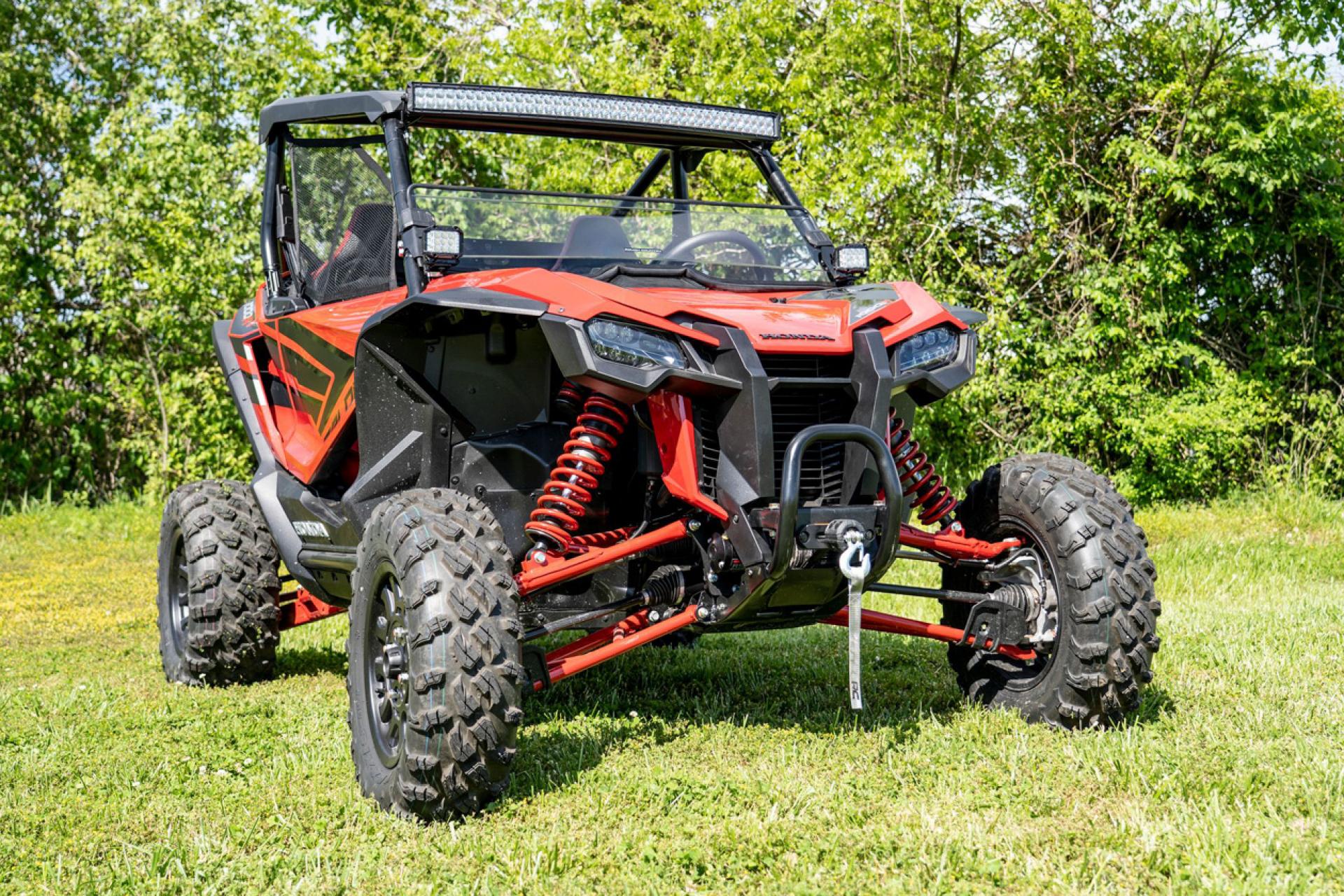
C.G.Racine
March 24, 2023
0
winching
off-road recovery
metal recovery rings
tree savers
winching techniques
safe winching
winching tips
winch cable or rope
winch capacity
Choosing a Winch
Do: Use the right winch for your vehicle: Make sure that the winch you are using is rated for the weight of your vehicle. Using an undersized winch can lead to equipment failure and accidents.
Don't: Never exceed the weight limit: Never exceed the weight limit of the winch or the rated capacity of the rigging equipment.
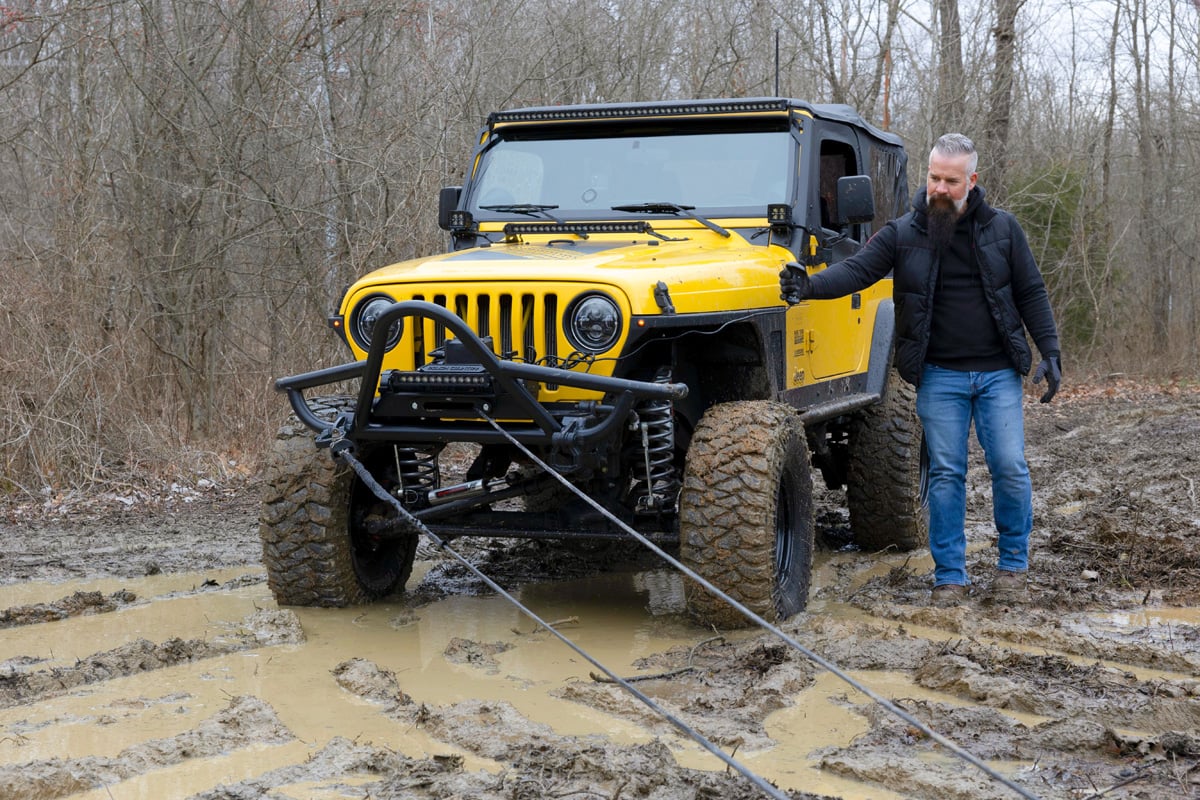
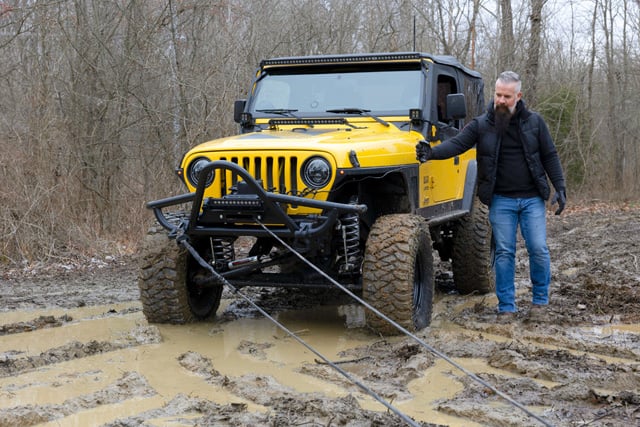
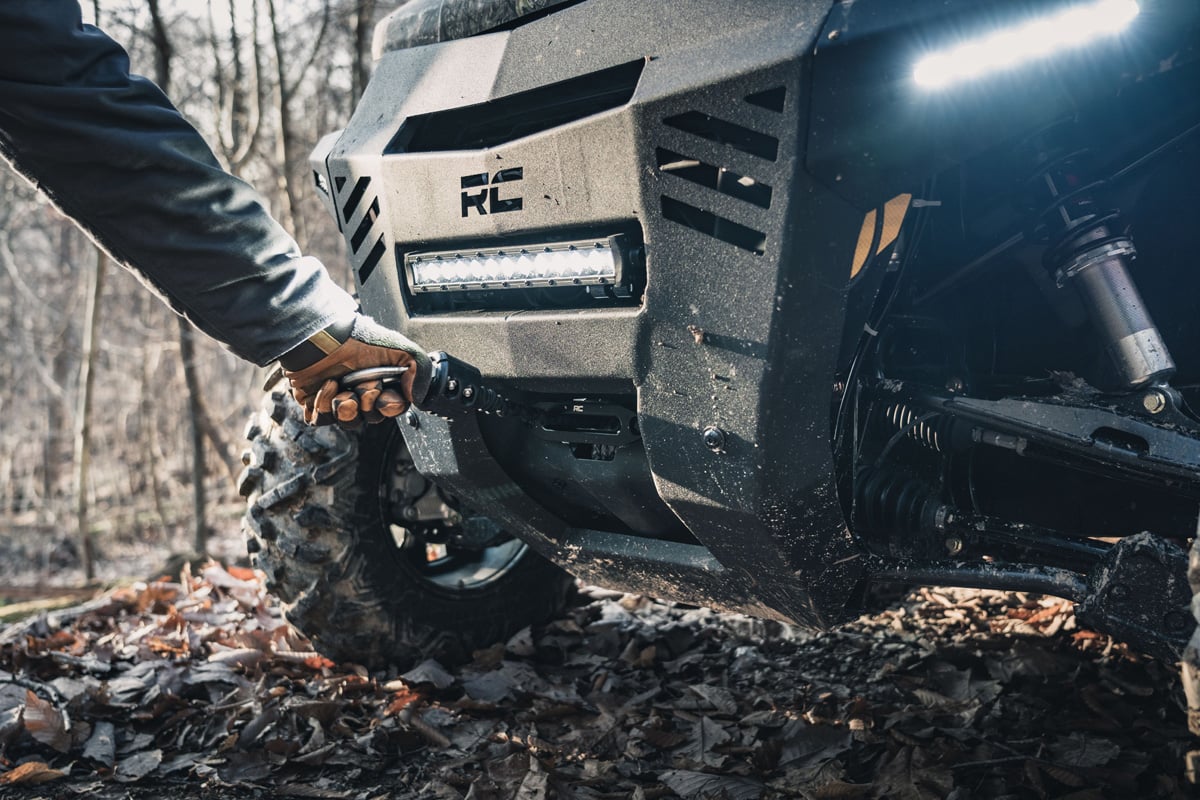
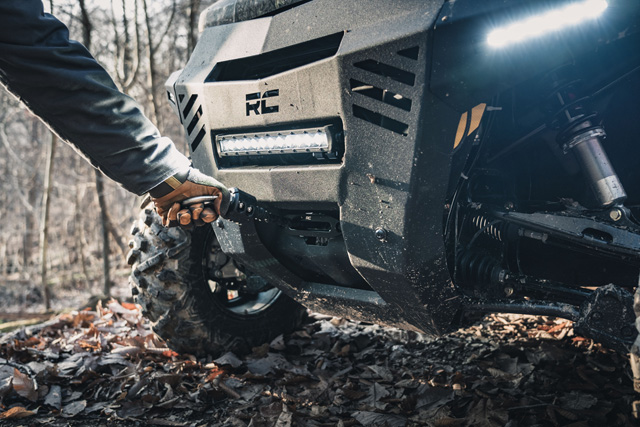
Pre-Checking
Do: Inspect the equipment: Before starting the winching process, inspect all the equipment to make sure that it is in good condition. For example, check the winch cable or rope, winch motor, and battery to verify they are all functioning correctly.
Don't: Never use a frayed winch cable or rope: A frayed winch cable/rope can snap under tension and cause serious injury. If you notice any fraying, replace the cable/rope before winching.
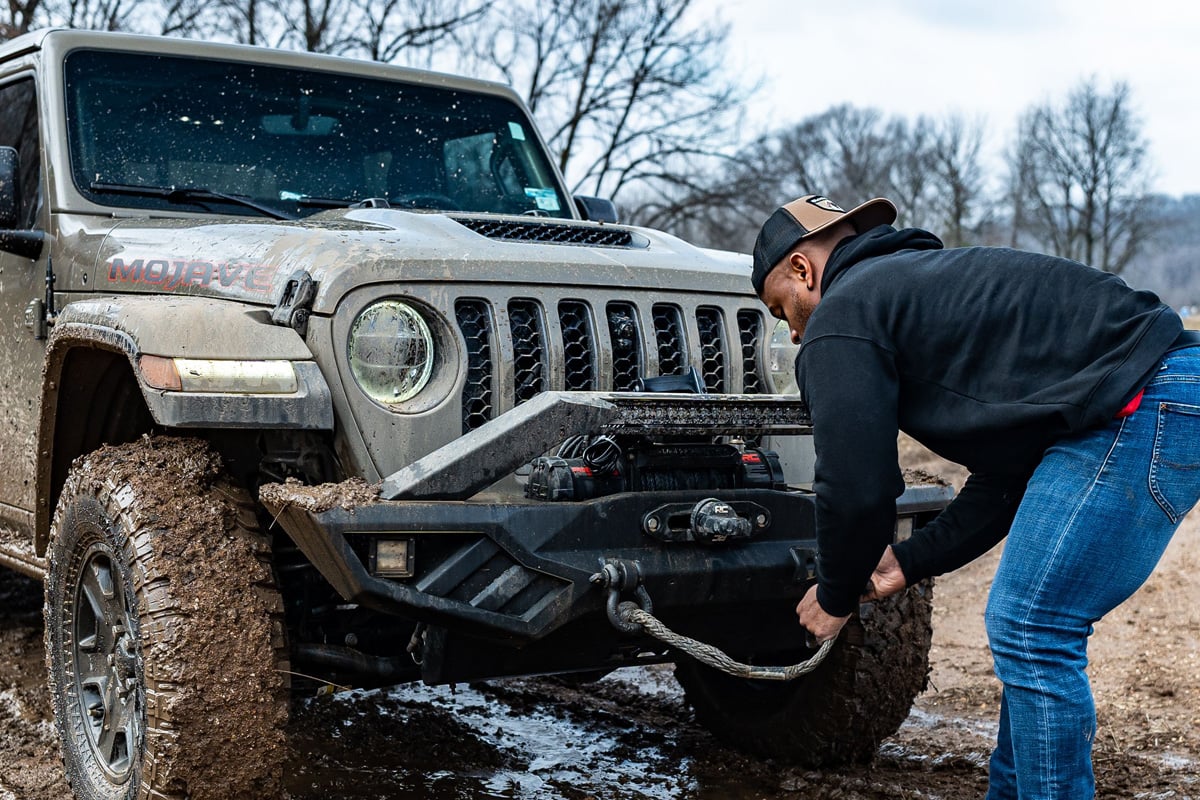
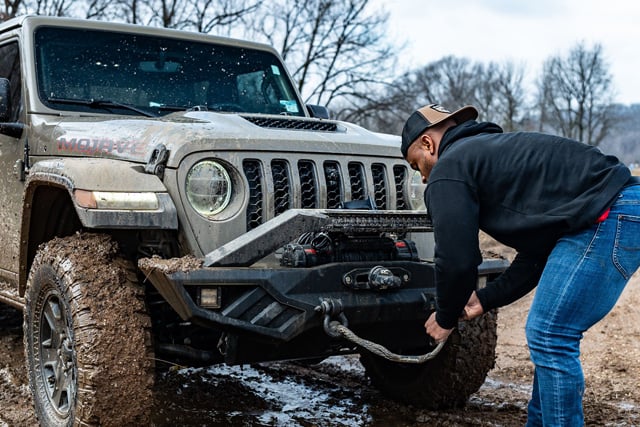
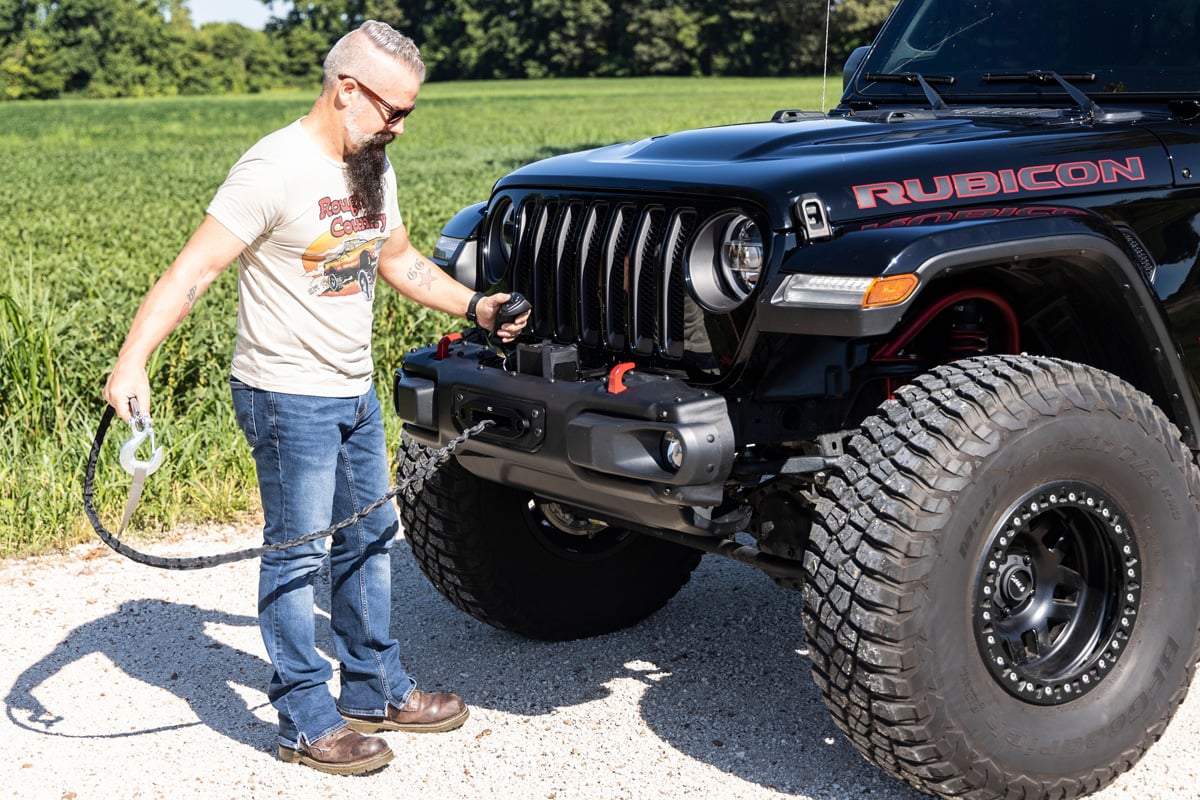
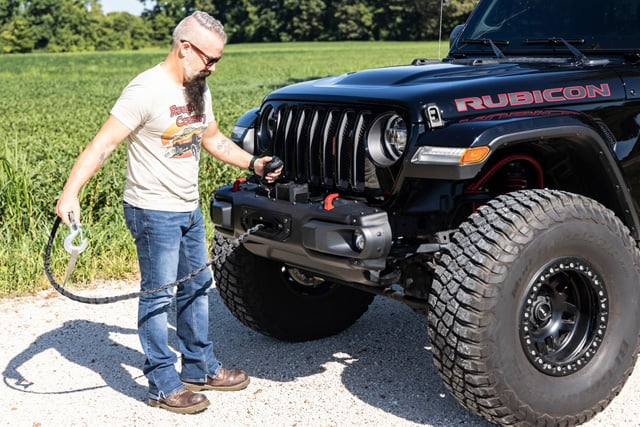
Use Proper Techniques
Do: Use proper rigging techniques to avoid damage to the environment and ensure safety. Use tree savers, recovery straps, and metal recovery rings to reduce the stress on the winch cable or rope.
Don't: Don't winch on a steep incline: Winching on a steep incline can cause the vehicle to roll or slide, leading to accidents and injuries.
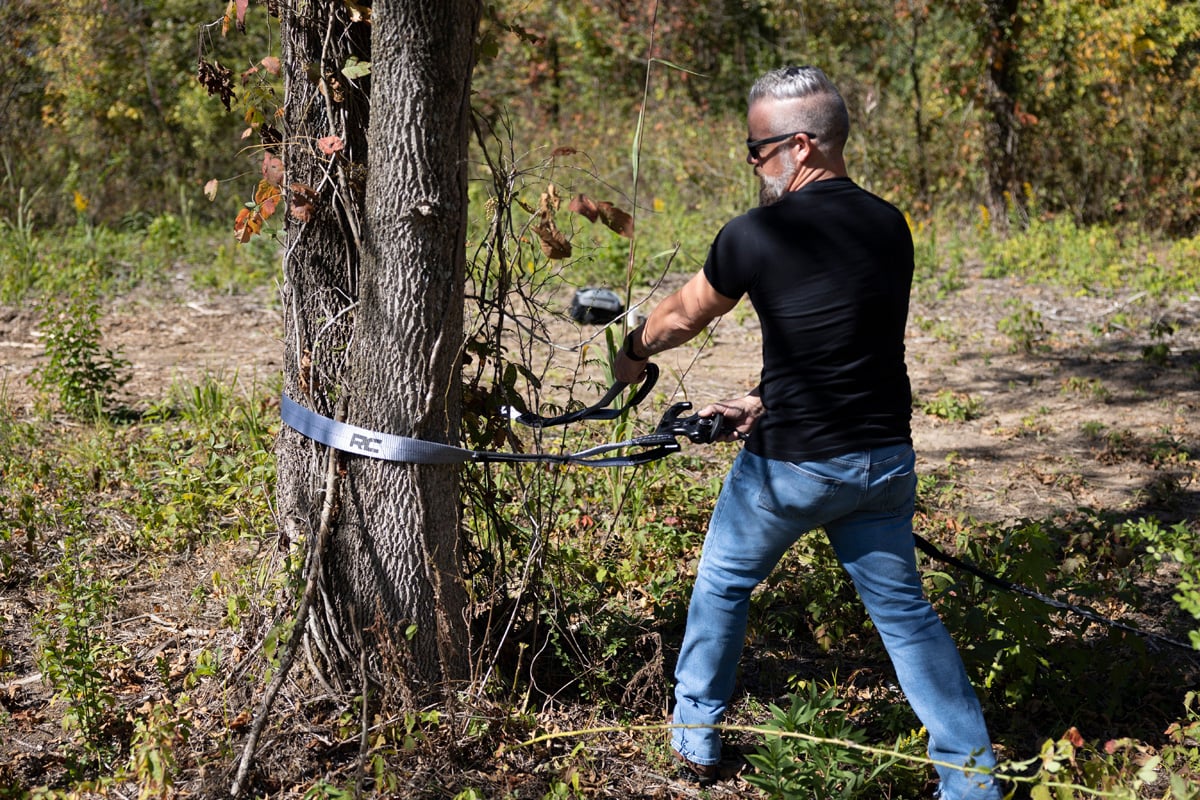
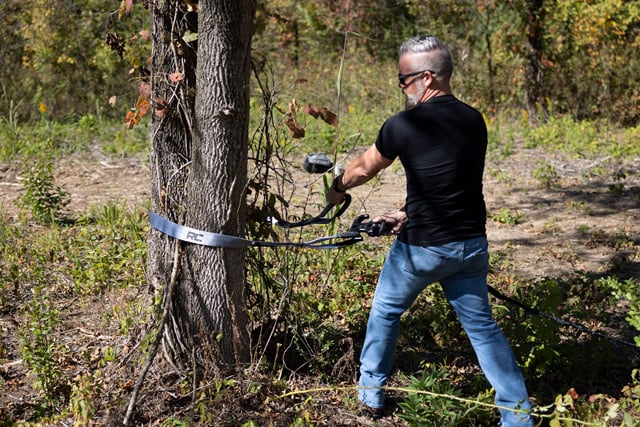
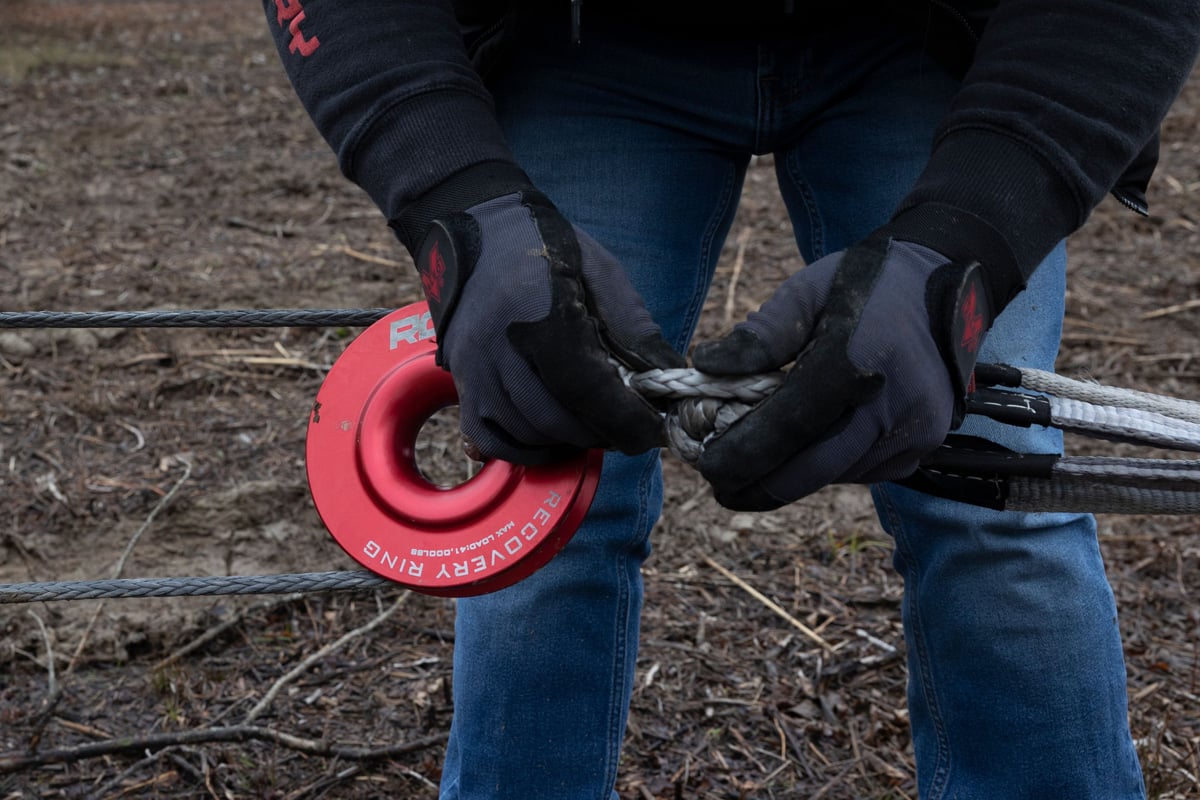
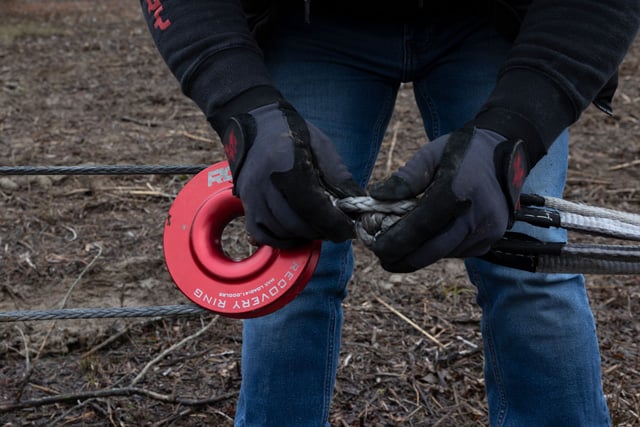
Safety
Do: Keep a safe distance: Stay clear of the winch cable or rope while it is under tension. The winch cable/rope can snap under high tension and cause serious injury.
Don't: Don't use the winch as a lifting device: Never use the winch to lift or suspend a vehicle. The winch is designed to pull vehicles, not lift them.
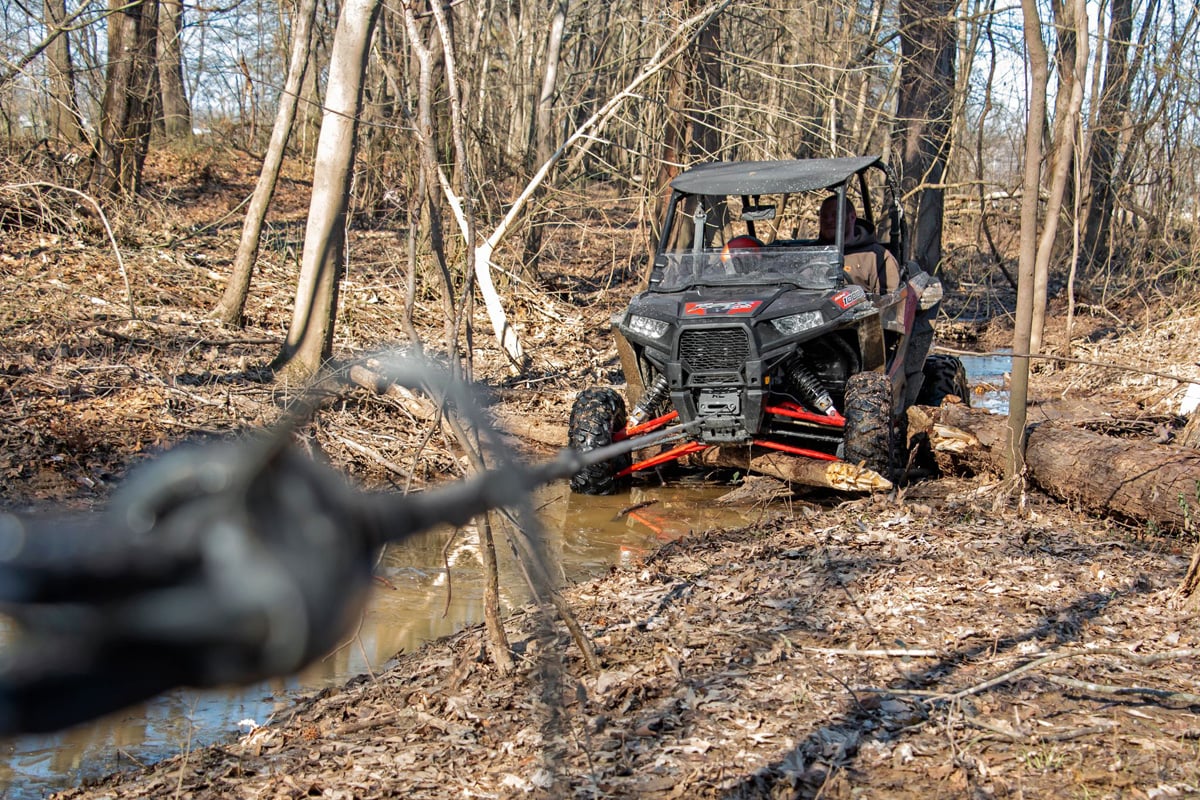
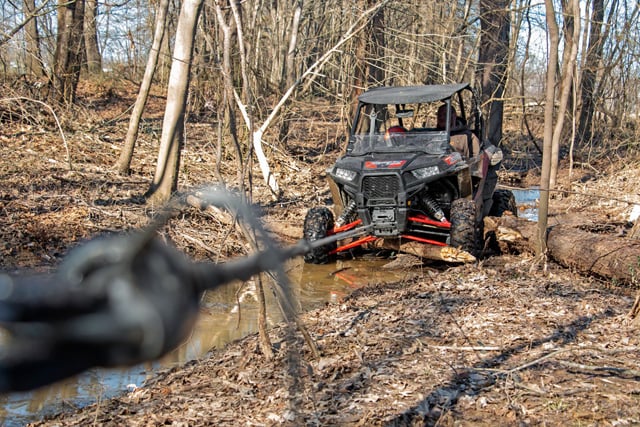
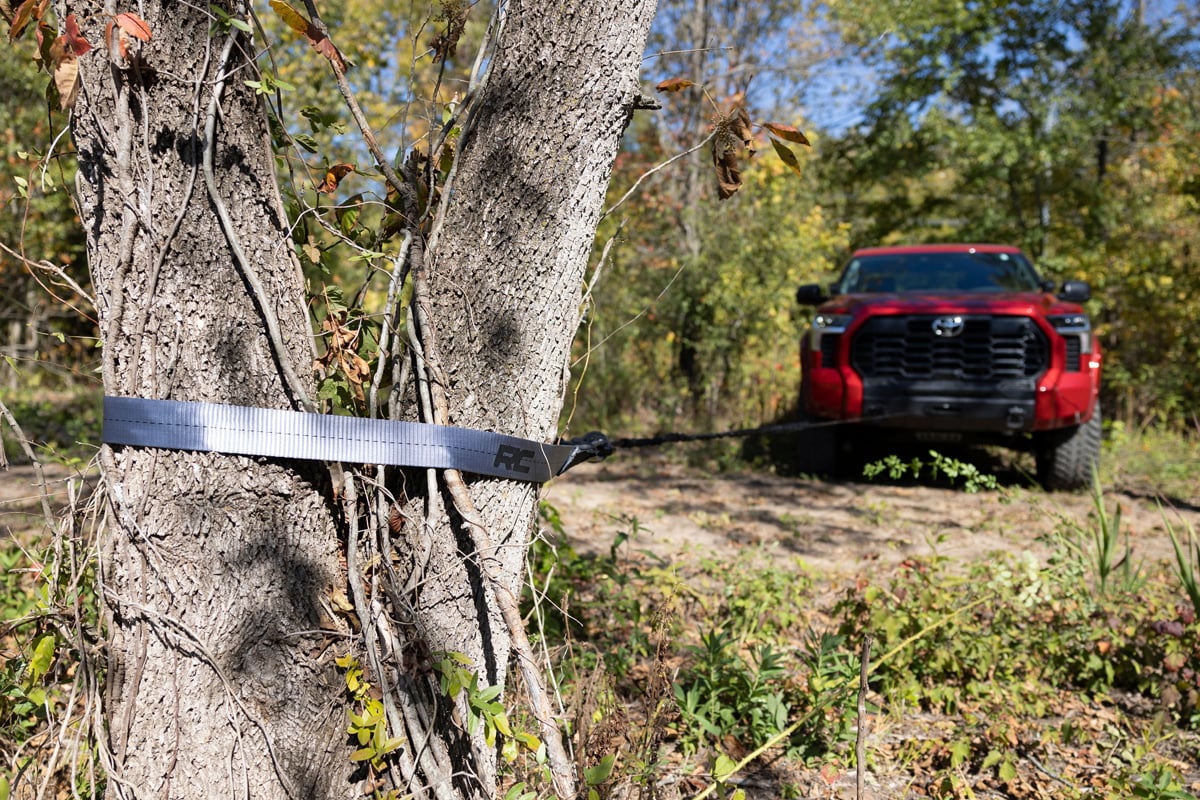
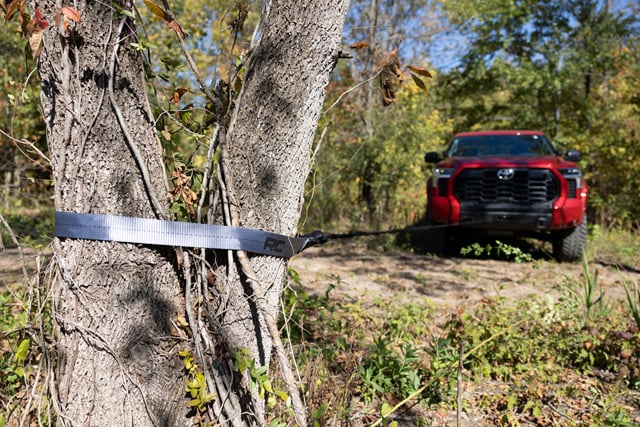
When it comes to winching, safety always comes first! Remember that taking shortcuts or overlooking safety measures can have serious consequences, so always err on the side of caution. So, before your next big adventure, brush up on your winching skills - and refer to our guide for some essential safety do's and don'ts.
Leave a Comment
Shop By Category
Talk to a Build Expert
- 1-800-222-7023Offline
- Email Us
- Offline
Only the Best
Support Hours
| 7am - 10pm | Monday-Thurs |
| 7am - 7pm | Friday |
| 8am - 5pm | Saturday |
| Closed | Sunday |
Customer Service
Company
